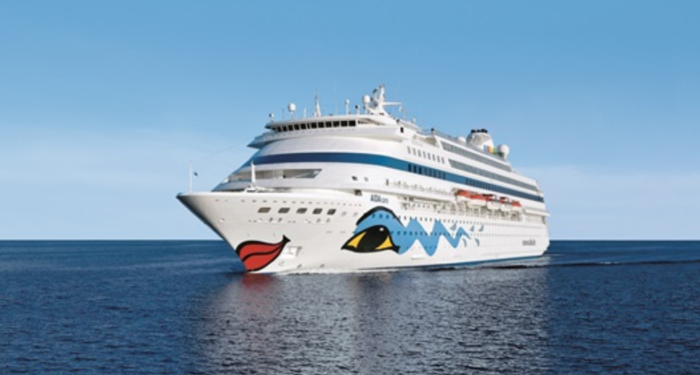Following the newly-published Cruise Baltic Market Review, in 2019 5,909,784 guests visited the ports in the Baltic Sea, presenting an increase of 9.1% from 2018 and 16.9% from 2017.
Specifically, it is reported that the sector saw an increase in regarding the number of calls, but a decrease concerning the number of turnarounds in comparison to 2018.
Thus, in 2019:
- the total number of cruise guests increased by 9.1%;
- the total number of calls increased by 3.0%;
- the total number of turnarounds decreased by 2.2%.
Overall, the reports estimates that 2020 will continue having a positive outcome, waiting for an additional increase in number of guests and calls, but a slight decline in the number of turnarounds.
The expectations for 2020 see that the cruise guests will rise by 7.7%, the number of calls will increase by 8.4% and the total number of turnarounds will decrease by 1.9%.
Shoulder seasons from January to May and September to December have increased by 10.5%, and there has been an increase in overnight stays from 730 in 2018 to 777 in 2019.
Achieving a 37.8% growth rate in 2019, small ports are the segments with the largest growth.
A recent report revealed that the cruise industry supports over 12,500 jobs in the Baltic Sea region, which has been recently seeing a surge of cruise passengers, which is showing on the positive economic impact in the region.
Concluding, Copenhagen remains the largest cruise port with 940,000 guests in 2019, an 8.2% increase from 2018. The next most visited cruise ports were Kiel, St. Petersburg, Stockholm and Tallinn.


































































